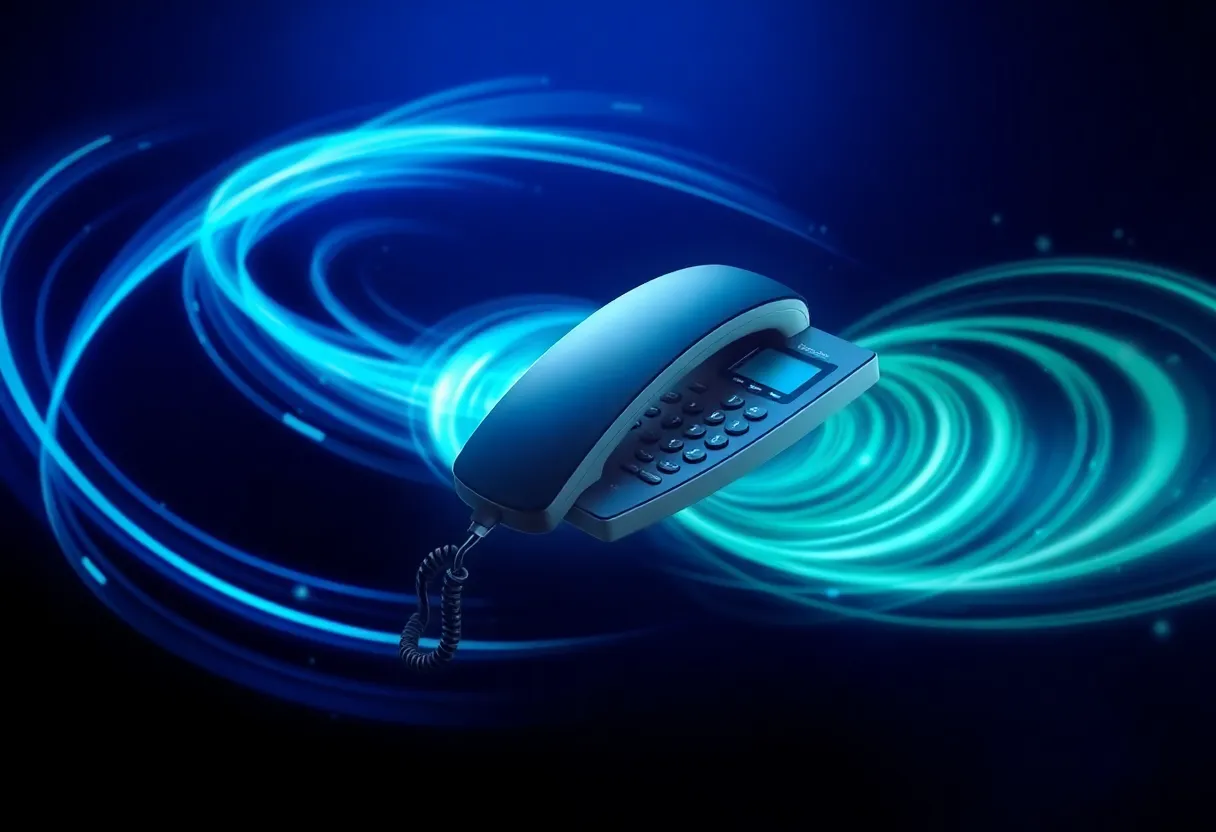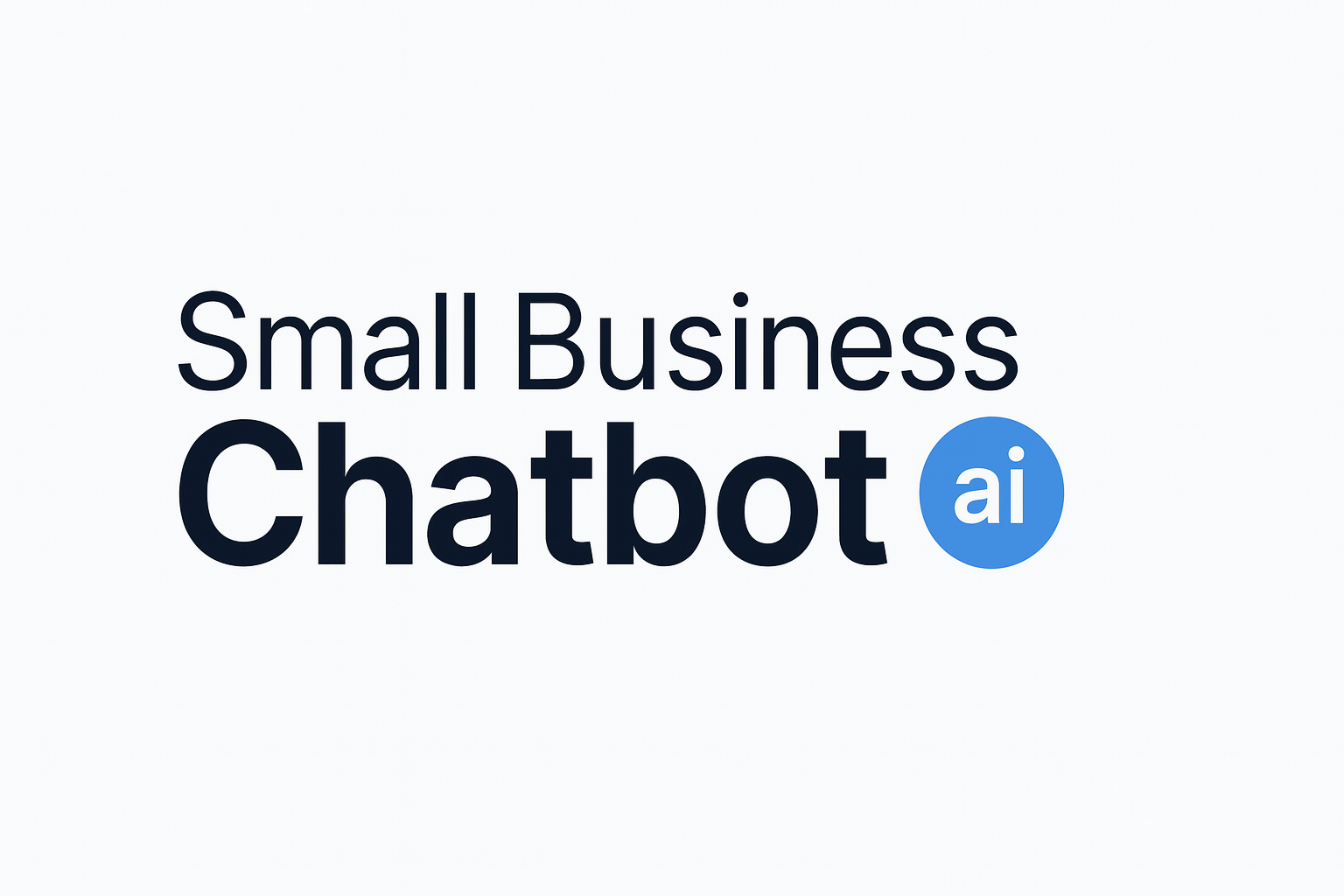A “chat widget with CRM integration” connects your website chat to your customer relationship management system so conversations, contact details, and intent signals automatically become trackable leads. This guide shows small business owners exactly how to set it up, what to measure, and how to turn more site visitors into customers—without adding headcount.
- Businesses that respond to web inquiries within 60 minutes are about 7× more likely to qualify a lead than those responding after an hour, and over 60× more likely than those waiting 24+ hours (Harvard Business Review, 2011) [1].
- Modern CRM programs return an average of $3.10 for every $1 invested (Nucleus Research, 2023) [3].
Implication: a fast, CRM-connected chat widget compounds value—capturing intent instantly and ensuring every conversation is tracked for timely follow‑up.
What is a chat widget with CRM integration?
It’s a small, clickable messenger that lives on your website and talks directly to your CRM. When a visitor asks a question, books a time, or shares contact details, those signals sync to the correct contact, deal, or ticket—automatically. With an AI‑powered chatbot for customer engagement, you can resolve FAQs instantly and collect leads even when you’re closed; the CRM integration ensures those leads are routed, owned, and nurtured.
Why this matters in 2025: chat and messaging are now default behaviors online—94.5% of internet users globally access chat or messaging apps monthly (Statista, 2025) [5]. If your site doesn’t meet customers where they are, someone else will.
Why it matters for small businesses
- Faster “speed‑to‑lead.” A widget answers instantly and captures details in context. Faster replies correlate with dramatically higher qualification odds (Harvard Business Review, 2011) [1].
- Cleaner pipeline data. Every conversation is logged to the right person and stage—no more copy/paste from inboxes.
- Personalization that pays. Companies that excel at personalization generate 40% more revenue from those activities than average peers (McKinsey, 2021) [2]. A CRM‑connected chatbot personalizes using known fields (e.g., last product viewed) and automations.
- Efficient lead collection for small businesses. Capture name, email, phone, and intent without long forms; trigger the right nurture sequence in your CRM immediately.
- Human fallback builds trust. While AI can speed service, 64% of customers say they would prefer companies not use AI for customer service unless it’s thoughtfully designed and offers easy access to a person (Gartner, 2024) [4]. Hybrid chat—AI first, quick human handoff—wins.
- ROI visibility. With CRM attribution and closed‑loop reporting, you can tie chats to revenue. CRM investments deliver measurable returns (Nucleus Research, 2023) [3].
Use your chat as the shortest form on your site. Ask only what you need to route and follow up. You can enrich later inside the CRM.
How the data flows (and what to map)
The simple flow
- Visitor clicks chat → asks a question or selects a prompt.
- Chatbot answers and requests minimal contact info when appropriate.
- Integration creates/updates a CRM contact and optionally a deal/ticket.
- Conversation transcript and key fields are attached to the record.
- Workflows assign ownership, schedule follow‑ups, and trigger nurture.
Field mapping essentials
- Identity: full name, email, phone.
- Intent: topic selected, product/service interest, urgency.
- Source/medium: web page, campaign source if available.
- Routing: territory, office/location, business hours status.
- Compliance: marketing consent flag, time stamp, IP/country.
- Artifacts: conversation transcript link or attachment.
Step‑by‑step: Implement in under a day
Before you start (15–30 minutes)
- Define one primary outcome: book an appointment, generate a quote, or capture a callback request.
- Pick a simple CRM lead generation workflow: who owns new leads, SLA for first response, and when to escalate to phone/SMS.
- Create any missing CRM fields (e.g., “Chat Topic,” “Urgency,” “Location”).
Install the widget (10 minutes)
- Paste your provider’s script before the closing
</body>tag of your site. - Toggle the widget on for key pages (Home, Services, Pricing, Contact).
- Set business hours and an “after‑hours” message with a promise of next‑morning follow‑up.
Connect your CRM (10–20 minutes)
- Authenticate via OAuth or API key.
- Map contact and deal fields (see “Field mapping essentials”).
- Turn on: owner assignment, stage updates, and transcript logging.
Design the conversation (30–45 minutes)
- Add 3–5 quick‑reply prompts aligned to your services, e.g., “Get a quote,” “Book a visit,” “Check availability.”
- Write concise, friendly answers and set confidence thresholds for AI responses.
- Gate contact collection behind value: “I can send a price estimate—what’s your email?”
- Enable human handoff when a visitor asks, shows frustration, or after two unclear answers.
Route and alert (10 minutes)
- Notify the owner by email/SMS for “hot lead” intents (e.g., “schedule today”).
- Create a same‑day task with due time and SLA notes.
- Send a friendly confirmation email or text: “Got it—we’ll be in touch shortly.”
Measure and tune (ongoing)
- Review transcripts weekly. Promote good answers to “approved.”
- Shorten any flow that takes more than 60 seconds before capturing contact info.
- Run one A/B test at a time—e.g., “Book now” vs “Check availability.”
- Collecting too much data before offering value.
- No escape hatch to a human—this hurts trust and satisfaction.
- Letting transcripts live only in the chat tool—sync them to the CRM so reps have context.
Quick‑start playbooks for common goals
Service‑based local business (e.g., home services, clinics)
- Prompts: “Get a quote,” “Next available appointment,” “Emergency help.”
- After‑hours: capture phone + zip code; auto‑create a “call‑back by 9am” task.
- CRM: create a deal at “New Inquiry,” owner by territory; add “Urgency” and “Service type.”
Retail/ecommerce with local pickup
- Prompts: “Check stock,” “Pickup today,” “Size/fit help.”
- If location detected, show local store hours; escalate to staff chat during business hours.
- CRM: add contact with “Product interest,” trigger a 3‑message nurture covering fit, care, and a limited‑time offer.
B2B consulting or high‑ticket services
- Prompts: “Estimate project cost,” “See case studies,” “Book a consult.”
- Qualification: company size, timeline, budget range; if qualified, route to senior rep and auto‑schedule a 15‑minute intro.
- CRM: create opportunity at “Discovery,” attach transcript; start a sequence tailored to the service line.
What to measure (plus practical targets)
Use a handful of KPIs you can review weekly:
Chat → lead conversion rate Median time‑to‑first‑response Lead response SLA met (%) Qualified rate (by intent) Chat‑influenced revenue CSAT for chat interactions
- Targets to start: capture 10–20% of engaged chats as leads, respond within 5 minutes during business hours, and book 30–50% of qualified chats to a next step (visit, estimate, consult). Adjust as volume and staffing evolve.
- Attribution: tag deals originating from chat and compare close rates/velocity against other sources.
Trust, privacy, and compliance essentials
- Display a short privacy note in the widget and link to your policy.
- Store only what you need; mask sensitive data in transcripts when possible.
- Log consent for marketing messages with time stamps and capture method.
- Offer an easy path to a human at any time—customers notice and reward it (Gartner, 2024) [4].
- Restrict who can view transcripts and PII in your CRM; use role‑based access.
Buying checklist: picking the right tool
- CRM coverage: native integration with your current CRM and email/calendar tools.
- Data sync: two‑way contact updates, transcript logging, and deal/ticket creation.
- AI controls: editable answers, confidence thresholds, and guardrails.
- Human handoff: easy “talk to a person” routing with SLA alerts.
- Security: encryption in transit/at rest, audit logs, and data retention settings.
- Setup time: minutes, not days—especially for small teams.
- Transparent pricing: clear limits on chats, users, and add‑ons.
Why Small Business Chatbot fits SMB realities
Built specifically for teams under 50 employees, Small Business Chatbot installs in minutes and connects to the tools you already use. Its AI helps answer FAQs and capture leads while you’re busy; transcripts, contact details, and deals sync into your CRM so you can follow up with full context.
- Plug‑and‑play integrations: connect to 700+ CRMs and business tools without code via the Integrations directory.
- Lead capture that respects customers: short, helpful flows; instant human handoff when needed.
- Proof from peers: see real outcomes in the customer reviews.
Start free with Small Business Chatbot
Next steps
- Decide your primary outcome (bookings, quotes, or callbacks).
- List the 6–8 CRM fields you’ll map from chat.
- Install the widget, connect your CRM, and publish 3–5 quick‑reply prompts.
- Set an SLA: respond within 5 minutes during hours; promise next‑morning callback after hours.
- Review transcripts weekly; improve one answer and one prompt per week.
Add your chat widget with CRM integration today
Sources
- Harvard Business Review (2011): “The Short Life of Online Sales Leads.”
- McKinsey & Company (2021): “The value of getting personalization right—or wrong—is multiplying.”
- Nucleus Research (2023): “CRM returns $3.10 per dollar spent.”
- Gartner (2024): “64% of customers would prefer that companies didn’t use AI for customer service.”
- Statista (2025): “Share of internet users accessing chat and messenger services monthly.”
Frequently asked questions for chat widget with CRM integration
1) Will a chat widget replace my contact forms?
No. Keep short forms for visitors who prefer them. Use chat to convert those who need quick answers or prefer messaging. Both should write to the same CRM so you avoid duplicates.
2) How much information should I ask for in chat?
As little as possible to route and follow up: name, email or phone, and the reason for contacting you. Ask for additional fields after you’ve provided value (e.g., price estimate or appointment options).
3) Do I need live agents online all day?
Not necessarily. Start with an AI assistant for FAQs plus clear business hours, then route hot leads to a human quickly (under a 5‑minute SLA during hours). Always offer a “talk to a person” option.
4) Which CRM should I choose?
The best CRM is the one your team will actually use. Make sure your chat tool has a native connector, supports two‑way sync, and can attach transcripts to contacts/deals for context.
5) How do I show ROI?
Create a dashboard that counts chat‑sourced leads, qualified opportunities, and closed revenue. Compare conversion rates and sales cycle length of chat‑sourced deals vs. other channels.
6) What about privacy and consent?
Display a brief notice in the widget, store only what you need, and log consent for marketing messages with time stamps. Offer easy opt‑out for SMS/email follow‑ups.
7) Can this help a brick‑and‑mortar local shop?
Yes. Use a chatbot for local business growth to answer hours/stock questions, capture callbacks, and route by location. Tie chat to in‑store pickup or appointment calendars for quick wins.
8) What if my customers dislike AI?
Offer transparent AI (“I’m your virtual assistant”) and a one‑click human handoff. Many customers value fast answers but still want easy access to a person—design for both.
Have more questions? The fastest way to see it in action is to add a lightweight widget, connect your CRM, and run a one‑week trial. You’ll know quickly if it’s boosting response speed and lead quality.



